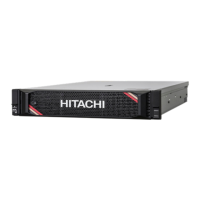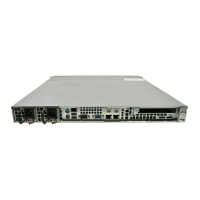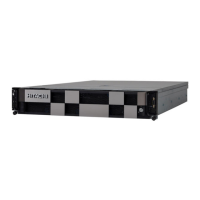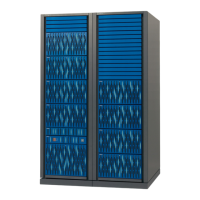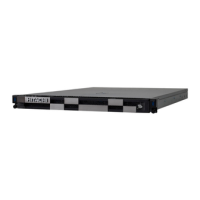Configuring the hardware and installing an operating system
About RAID arrays
RAID arrays can help increase system performance and reduce the risk of drive failure. You can create RAID arrays with
drives with different specifications, but performance will be based on the smallest drive or lowest speed. For example, if
you create an array with a 1 TB drive and a 2 TB drive, then the array can store a maximum 1 TB of data. The extra
storage on the larger drive is not available until you reformat the drive.
RAID 0
A RAID 0 configuration provides data striping, but there is no protection against data loss when a drive fails. However, it is
useful for rapid storage of large amounts of noncritical data (for printing or image editing, for example) or when cost is the
most important consideration. The minimum number of drives required is one.
This method has the following benefits:
•
It is useful when performance and low cost are more important than data protection.
•
It has the highest write performance of all RAID methods.
•
It has the lowest cost per unit of stored data of all RAID methods.
•
It uses the entire drive capacity to store data (none allocated for fault tolerance).
RAID 1 and RAID 1+0 (RAID 10)
In RAID 1 and RAID 1+0 (RAID 10) configurations, data is duplicated to a second drive. The usable capacity is C x (n / 2)
where C is the drive capacity with n drives in the array. A minimum of two drives is required.
When the array contains only two physical drives, the fault-tolerance method is known as RAID 1.
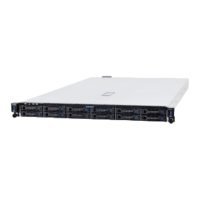
